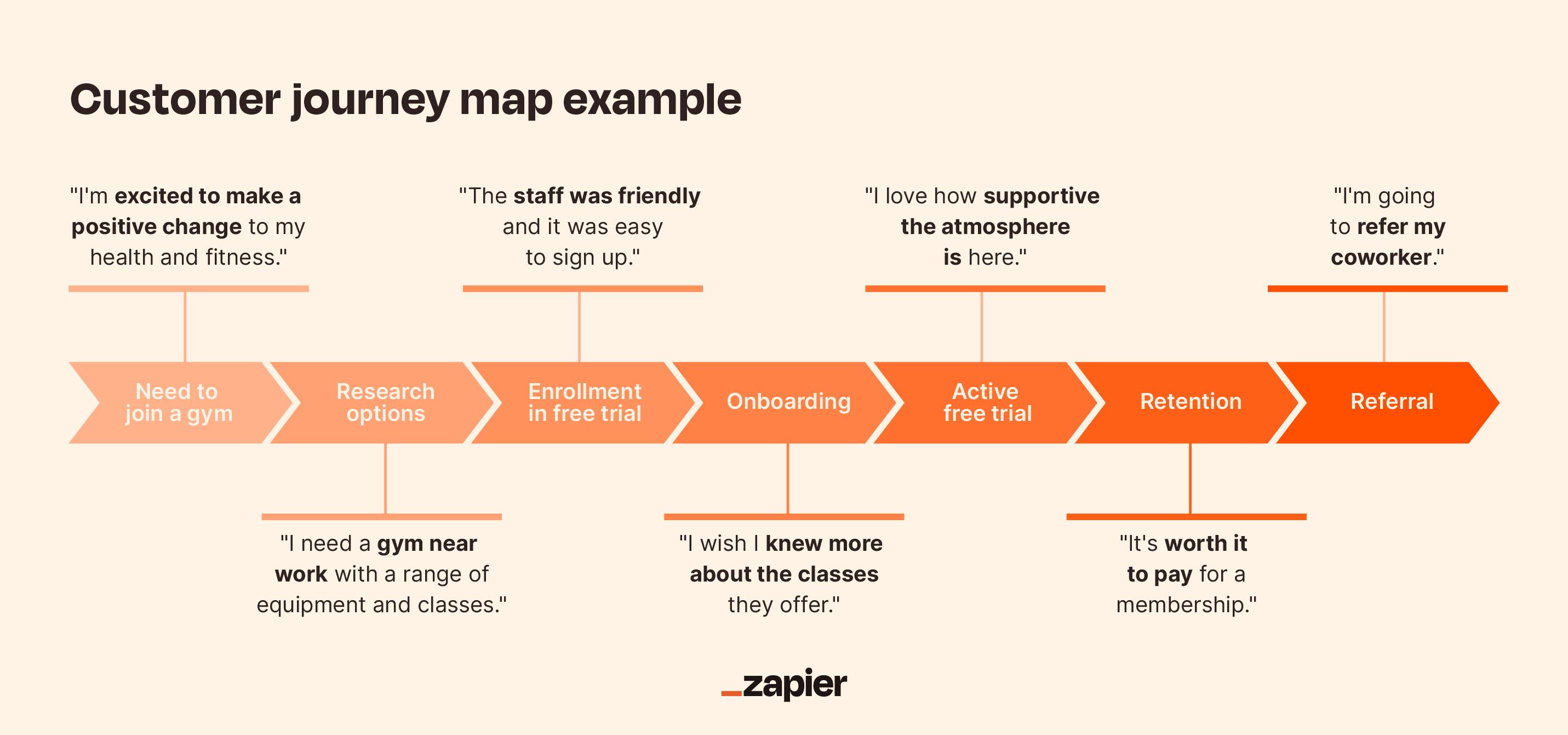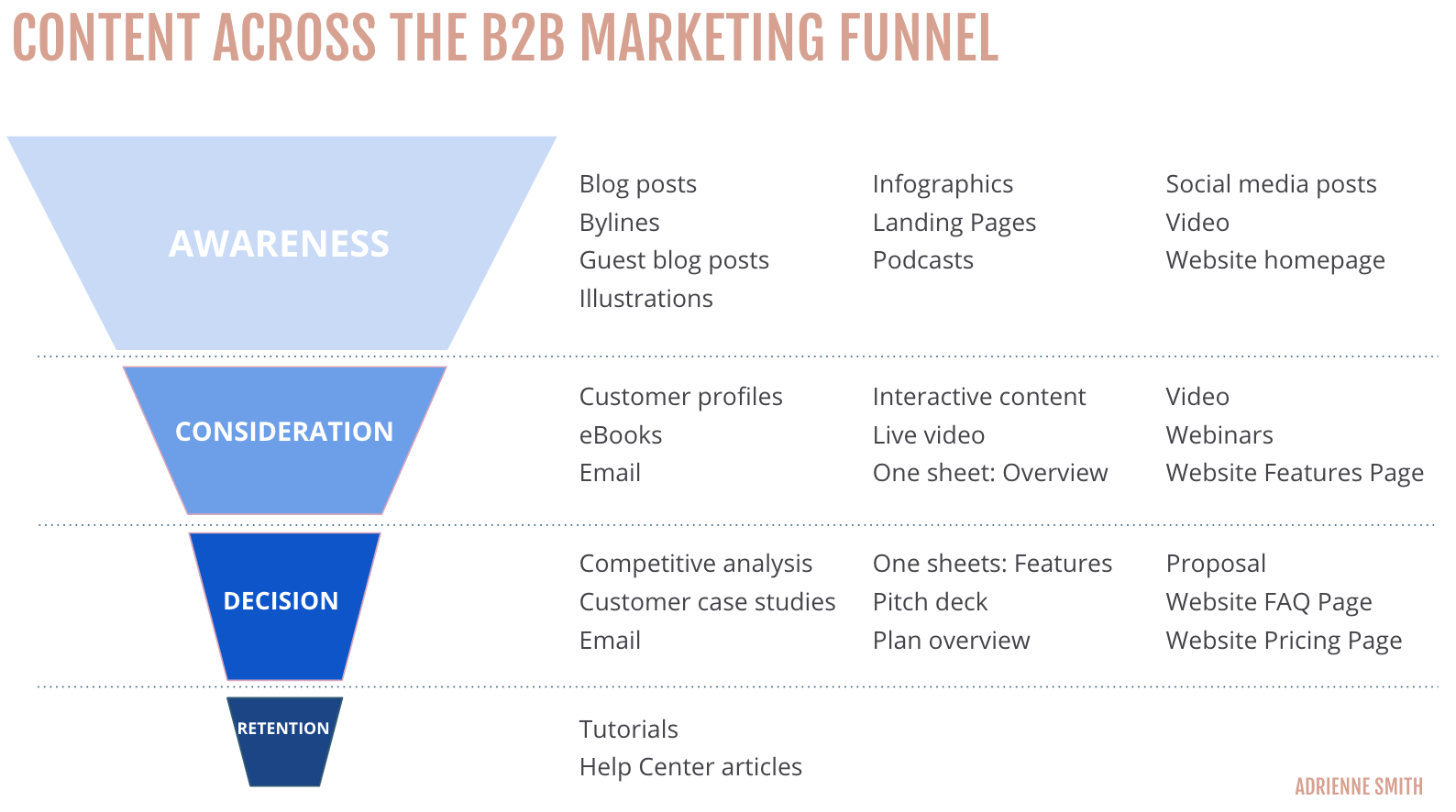Content Marketing
The Secret to Customer Experience Transformation? Personalized Content Marketing
Many consumers would probably agree that we’re in dire need of a customer experience transformation—after all, how many times have you scrolled past an ad and thought, “Ugh, why is this clogging up my feed?” Or maybe you’ve been inundated with so many irrelevant or mistargeted ads that Adblocker is one of your most treasured browser extensions.
It’s clear that in 2023, generic, one-size-fits-all marketing simply doesn’t cut it anymore. Perhaps that’s why search ads have a measly 6.1% click-through rate, while the average social media click-through rate is even worse at 1.2%.
The good news is there’s no need for marketers to pivot careers just yet. With content marketing, brands can deliver personalized and relevant customer experiences that not only nurture them through the funnel but also provide value, build trust, and foster lasting connections.
Unlocking Customer Experience Transformation
Imagine this: You’re searching for something on Google and come across a branded blog that feels like it was written just for you. As you click through more content, you find that the brand aligns perfectly with your interests and needs. You’re inspired to sign up for their emails, and, for once, what lands in your inbox is timely and valuable. Rather than bothersome, their social media retargeting ads feature products that genuinely catch your eye.
At its core, customer experience transformation with content marketing involves delivering tailored content for different segments—no matter their demographics, needs, or stage of their purchasing journey.
Yet, despite the personalization, all these content marketing efforts still remain consistent with your brand’s core identity. Whether a blog, social media post, or downloadable whitepaper, the content reflects a consistent brand voice, tone, and messaging, ultimately weaving everything together into a cohesive customer experience.
The result? Your customers feel recognized and understood. Even better, they trust you. And since you’re meeting where they are in their shopping journey, they’re also more inclined to convert and return for more.
An example of a brand that nails this process of customer experience transformation is Sephora. On the Sephora website, shoppers can browse different communities aligned with their interests—upon joining, they can participate in trending discussions, find tailored content, and befriend like-minded beauty fans:
Using Content Marketing for Customer Experience Transformation
Ready to jumpstart your customer experience transformation? Follow these four steps to get started.
1. Know your audience
Just like how you can’t curate the perfect playlist without knowing someone’s musical tastes, the natural first step to creating personalized content that resonates is learning who they are.
Rather than relying on your gut, build detailed buyer personas based on market research and real customer data. The more granular the details, the better—try to dive deep into their:
- Demographics: What is their age, gender, income level, marital status, and education level?
- Psychographics: What are their values, beliefs, goals, and interests?
- Motivations: What drives their behavior? Fears, hopes, desires?
- Challenges: What frustrates them? What problems need solving?
- Objections: What barriers or concerns might stop them from purchasing?
- Channel preferences: Where and how do they spend time online? What are their favorite social platforms, blogs, and communities?
Stay organized by documenting your audience personas in your content strategy. At Contently, you can set up your audience information so that it’s attached to each and every project your team takes on.
2. Map your customer journey
Next, map out your typical customer journey from initial awareness to purchase and beyond. Identify the questions and concerns that arise at each stage—this will reveal gaps where targeted content can help move customers down the funnel.
Like your buyer personas, add as many details as possible. Try to answer these questions:
- Where and how do customers interact with your brand at each customer journey stage?
- What is their emotional state at each stage? Are they eager, frustrated, or confused?
- What are the stages with the highest drop-off rates? How can content solutions smooth the path during these moments of friction?
- At what points do recommendations, reviews, and word-of-mouth come into play?
3. Develop your personalized content
Armed with detailed personas and your customer journey maps, it’s time for the fun part: developing your content. The goal is to create a matrix with your audience segments on one axis and the different customer journey stages on the other; you’ll then plot content ideas unique to each intersection.
Feeling stuck? Use this to get your creative juices flowing:
- Attraction stage. As potential customers research your brand and products, offer educational blog posts, guides, and quizzes to capture their interest.
- Consideration stage. As they consider buying from you, address common questions and concerns through webinars, product demos, and competitor comparisons.
- Purchase stage. The goal is to remove friction from the path to conversion—consider FAQs and customer testimonials.
As you craft your content, make sure you tag it appropriately in your content marketing platform. This will help you see what’s performing in every stage of the buyer’s journey.
When you set up tagging in Contently, you’ll be able to see what assets in your funnel are performing next to your topic pillars, audience targets, and more.
4. Leverage data for hyper-personalization
While your initial efforts are a good starting point for customer experience transformation, taking it to the next level requires using data to unlock advanced segmentation, where you’ll tailor content to more niche groups rather than broad segments.
Luckily, there’s no need to comb through heaps of data manually. Marketing automation, customer relationship management (CRM), and customer data platforms can provide invaluable insight into demographics, interests, past engagement, and historical purchases.
You can then use this data to serve each customer the content most relevant to them. For example:
- If a customer abandons items in their cart, trigger an email with content related to the exact products they were browsing.
- Analyze search queries and browsing behavior to recommend specific content pillars, e.g., “how-to guides” vs. trending topics.
- Connect purchase history with content consumption to promote related topics the next time the customer visits your site.
It’s Time to Say Goodbye to Average Content
If you’re not serving customers with high-quality, personalized content across channels, you’re missing out. By powering customer experience transformation with content marketing, you build a better shopping journey that turns casual browsers into paying customers and one-off buyers into avid brand champions.
Subscribe to The Content Strategist newsletter for more content marketing insights that’ll grow your brand and nurture loyal customers.
Image by freepik
Get better at your job right now.
Read our monthly newsletter to master content marketing. It’s made for marketers, creators, and everyone in between.








